Candy Chrome Filter comparison
Written by: Pierre-Louis Ferrer
Introduction
Candy Chrome filter has just been launched, time to discover how it performs compared with traditional infrared filters and the iconic IR Chrome filter. In this article, you will find comparison side by side between all the different renders offered by the Candy Chrome filter, 550nm infrared filter and IR Chrome filter.
SOOC comparison
The Candy Chrome filter works as a traditional infrared filter, meaning you will see inverted colours straight out of your camera (with white balance done on gray chart). However, you can already see at this step that shades and luminosity are different from a regular 550nm filter.
Candy Chrome filter offers more realistic luminance of the foliage compared to 550nm filter, while the rest of the image remains mainly the same.




When it comes to compare SOOC Candy Chrome images with IR Chrome, the difference is obviously striking, as the IR Chrome filter was designed to work without channel mixing request.




Processed comparison
Now let us compare the different renders of the Candy Chrome filter once RAW files have been processed. Candy Chrome filter offer its best performances when used with dedicated LUTs, the regular one offering subtle red, pink, and fuchsia tints depending on the chlorophyll concentration of the plants.
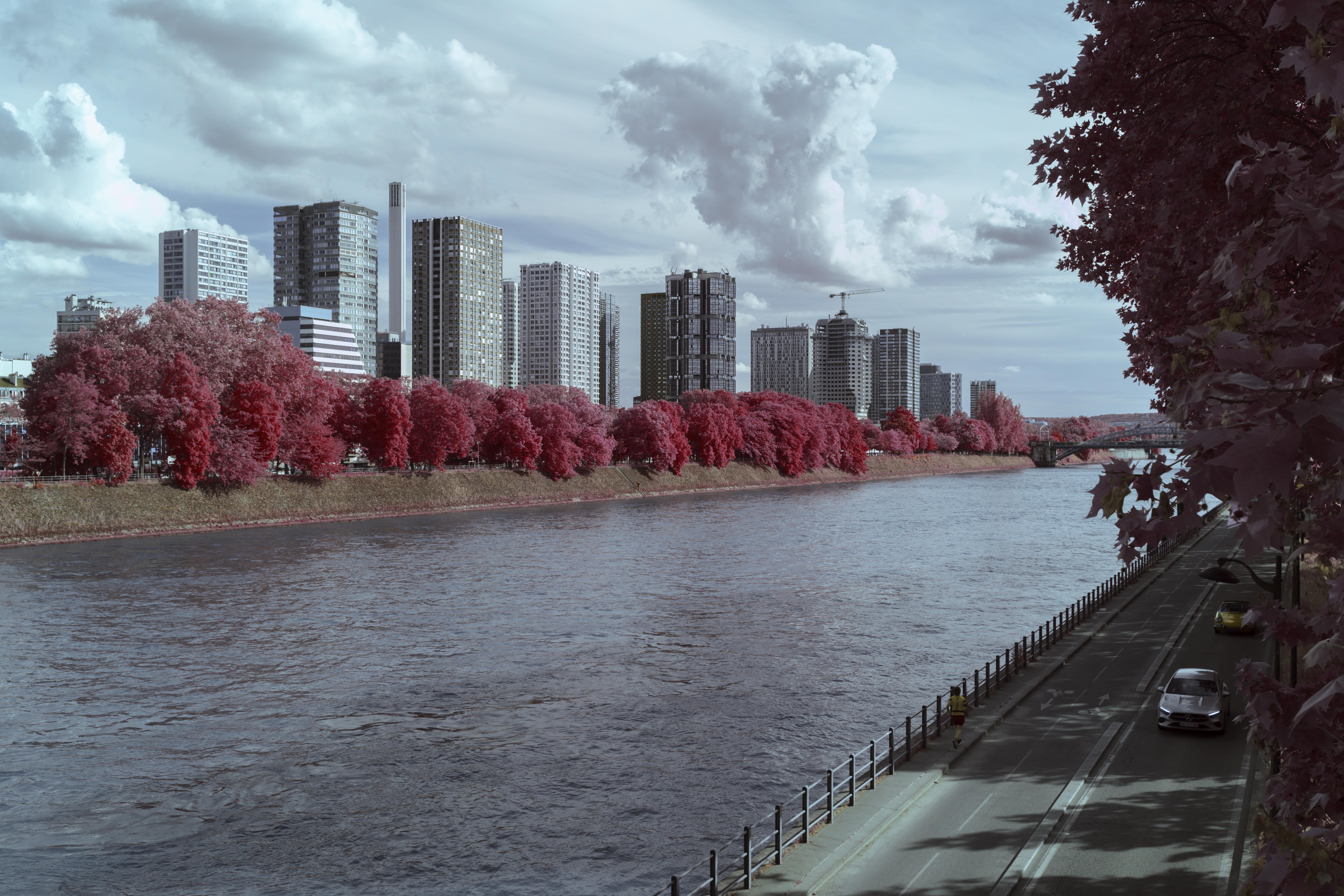
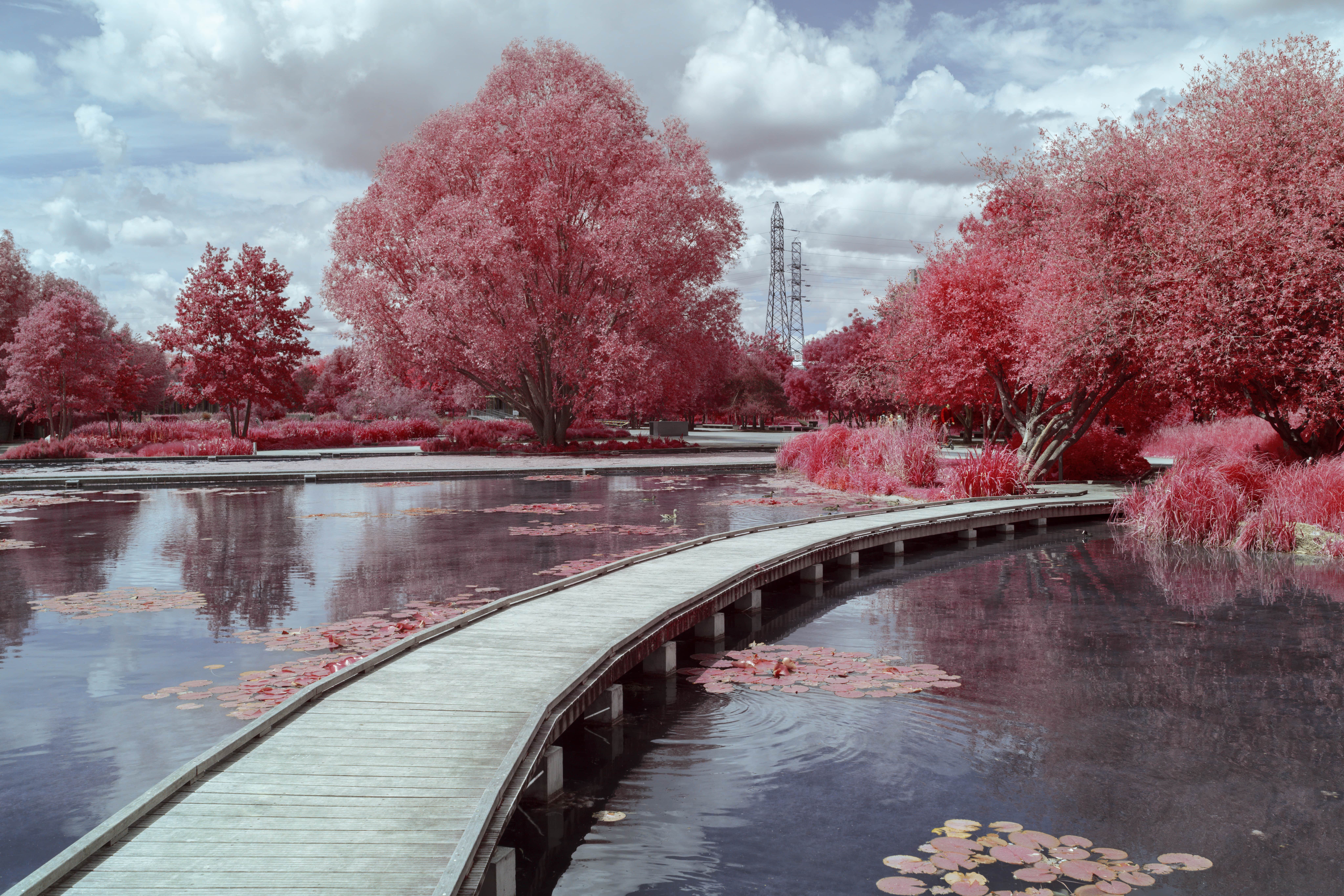
Sky and water are blue, clouds are white, urban elements have their own tints, and the foliage is not oversaturated. This render is unique and cannot be compared to any other infrared filter.
However, the Candy Chrome filter can also be processed to obtain more saturated leaves in the pink area. Here we can compare the final render with both 550nm and IR Chrome filters:
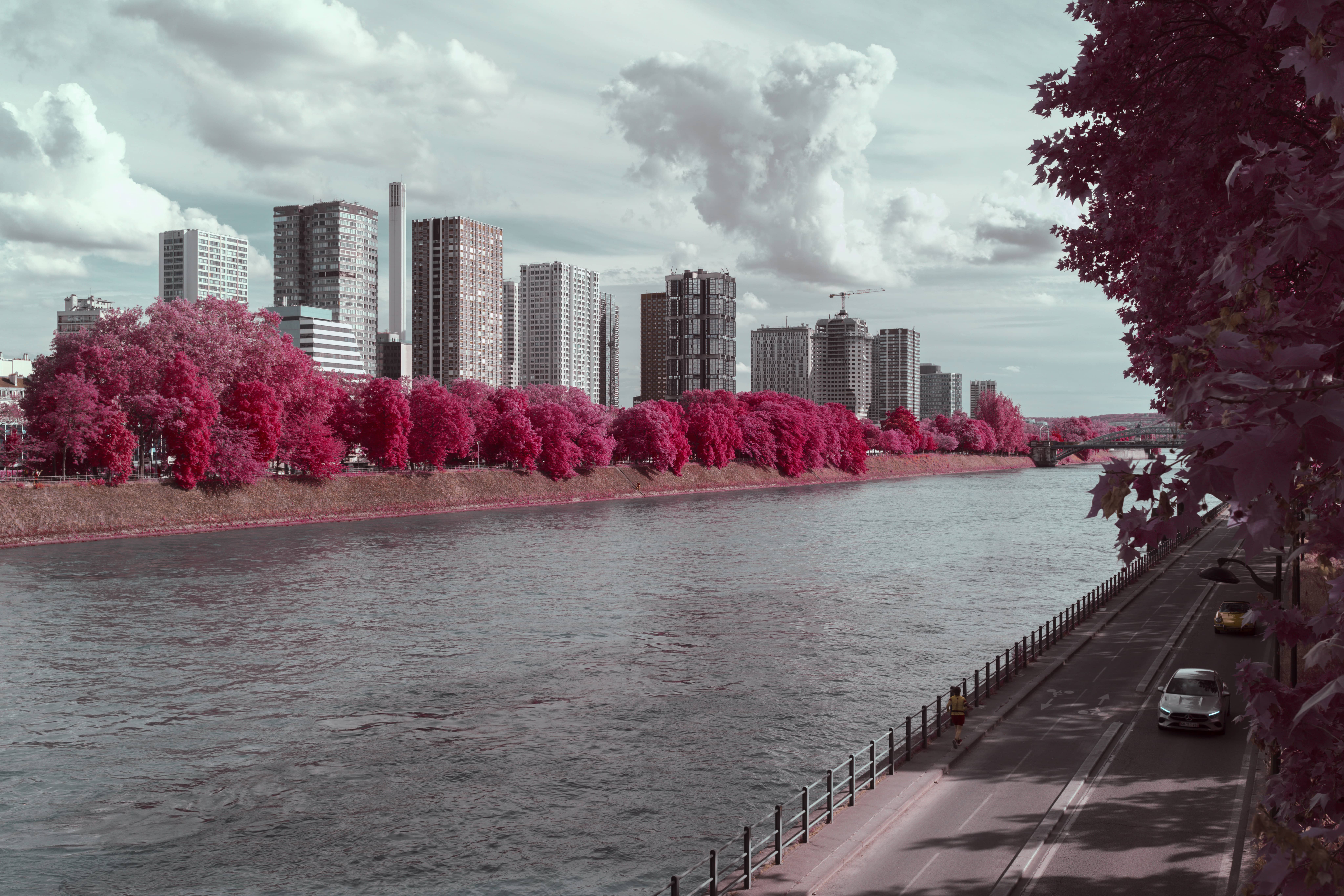
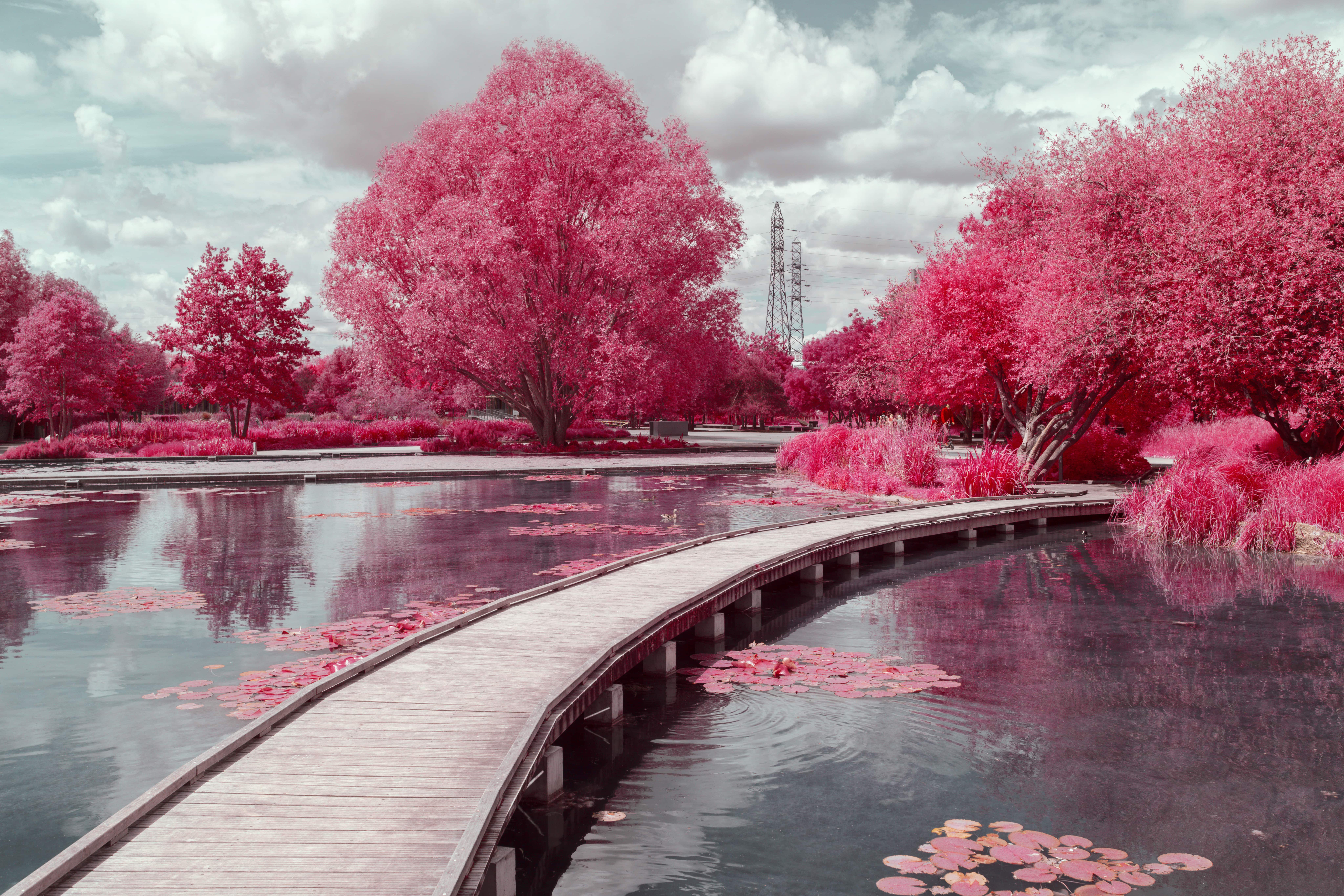
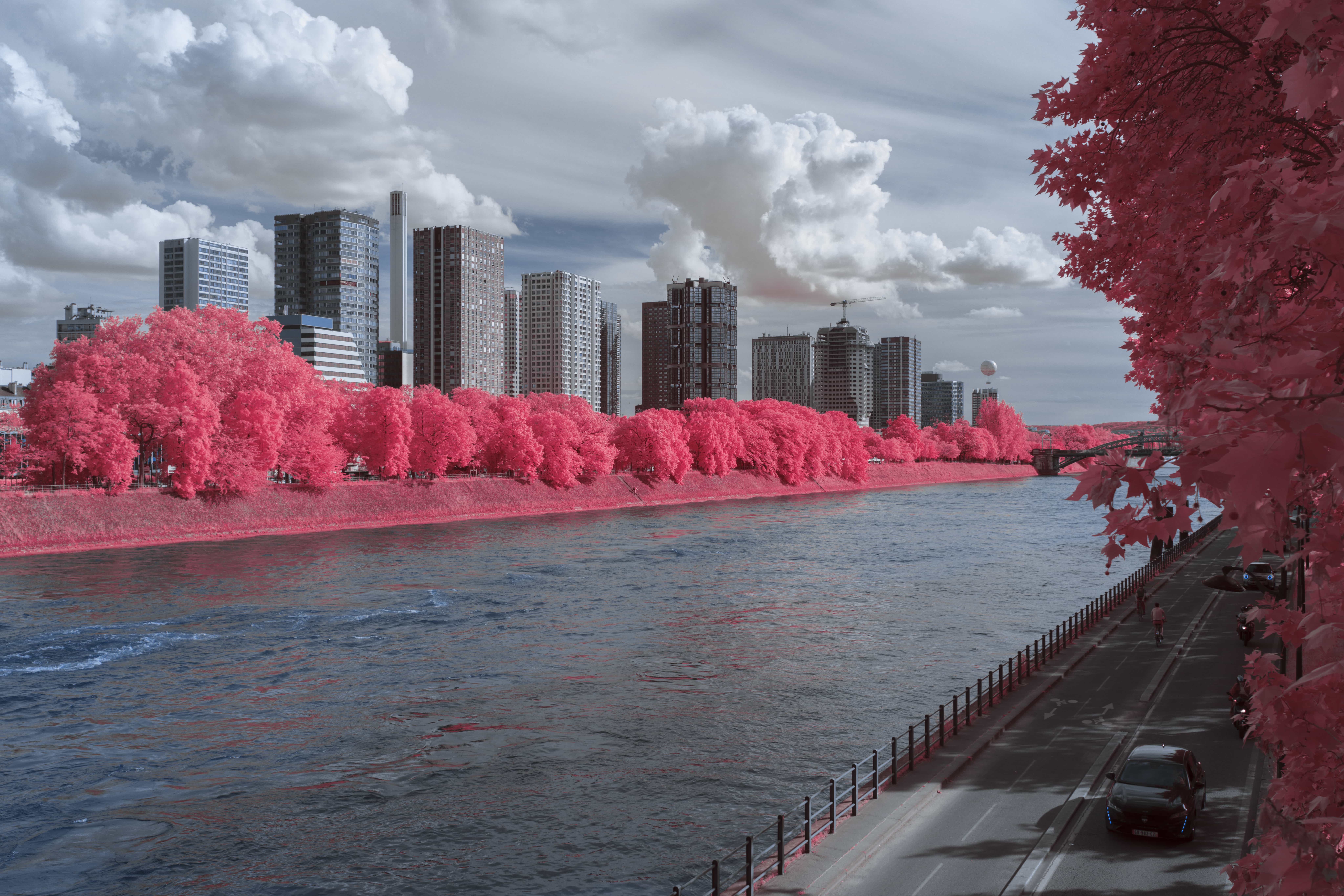
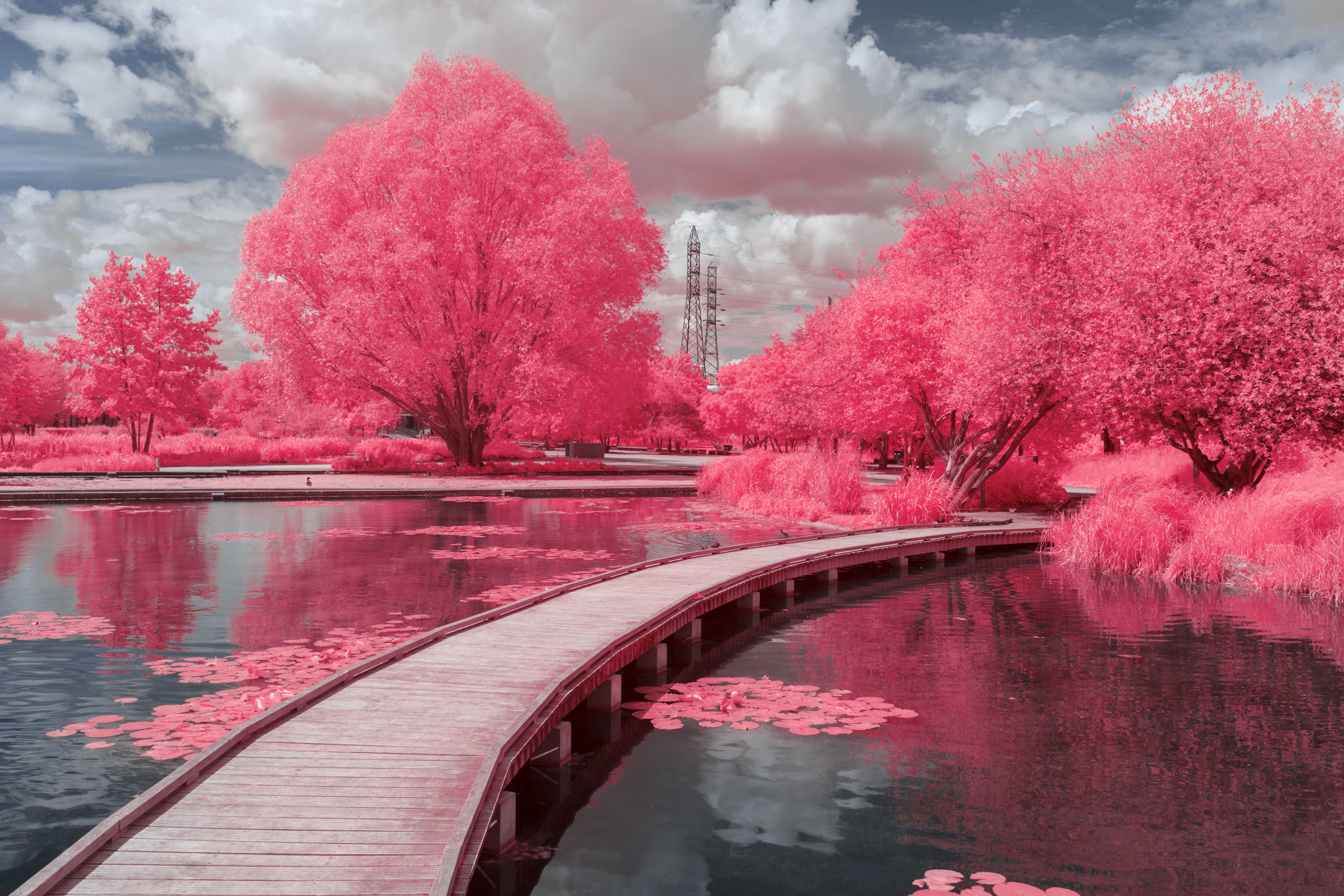
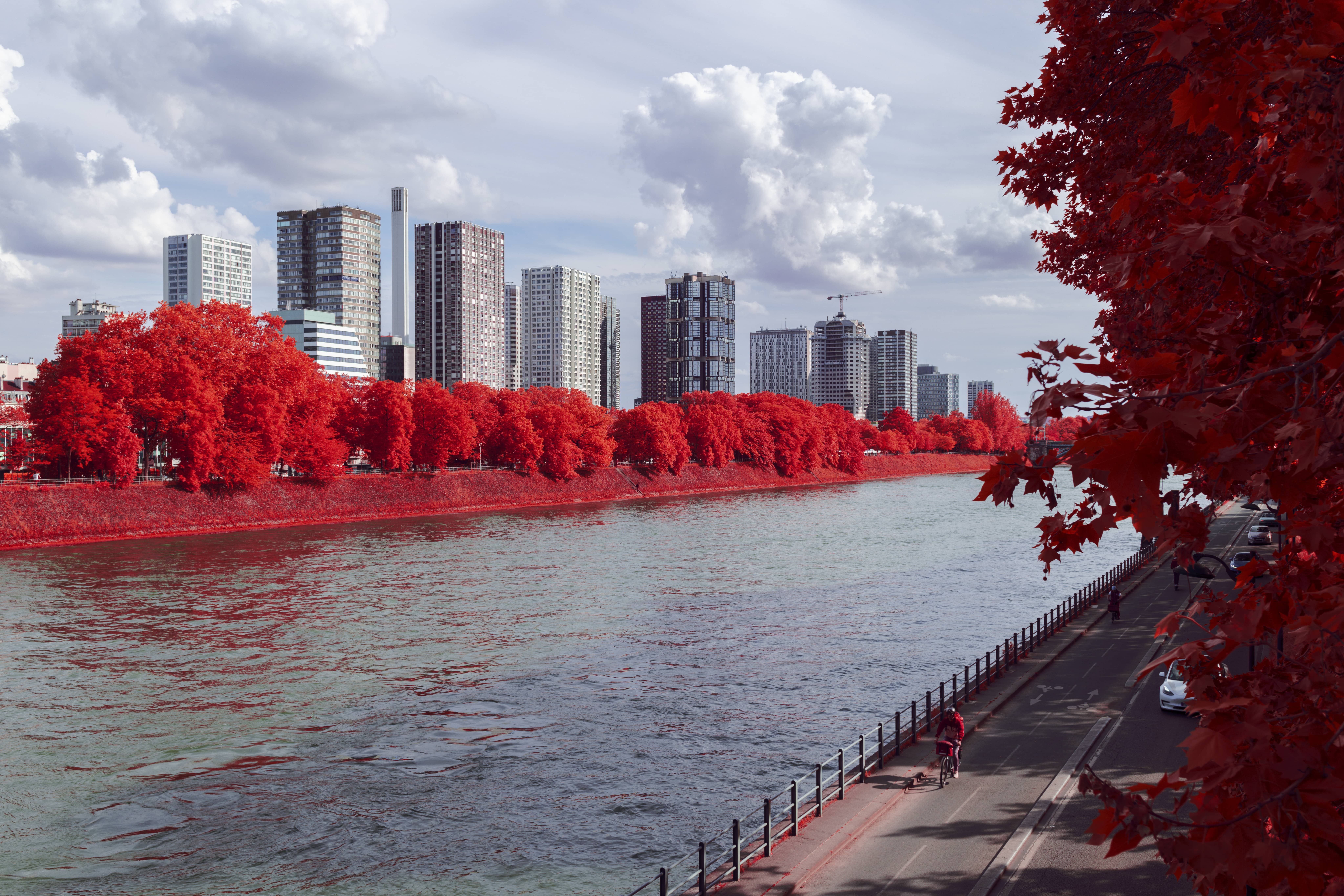

As expected from the SOOC images, the Candy Chrome filter offers a more natural distribution of luminance around the natural parts of the images than the 550nm filter. Colour tint is somewhere between the 550nm and the IR Chrome filter, with a bit more of diversity.
The Candy Chrome images can also be processed to offer yellow/gold tints to the natural elements:






Same observation here than previously, about the luminance and colour distribution.
As for the IR Chrome filter, the Candy Chrome filter offers a unique visual signature any other filter can achieve. If you are looking for versatility and a more natural luminance of your images without scarifying the IR colours, Candy Chrome filters is waiting for you!

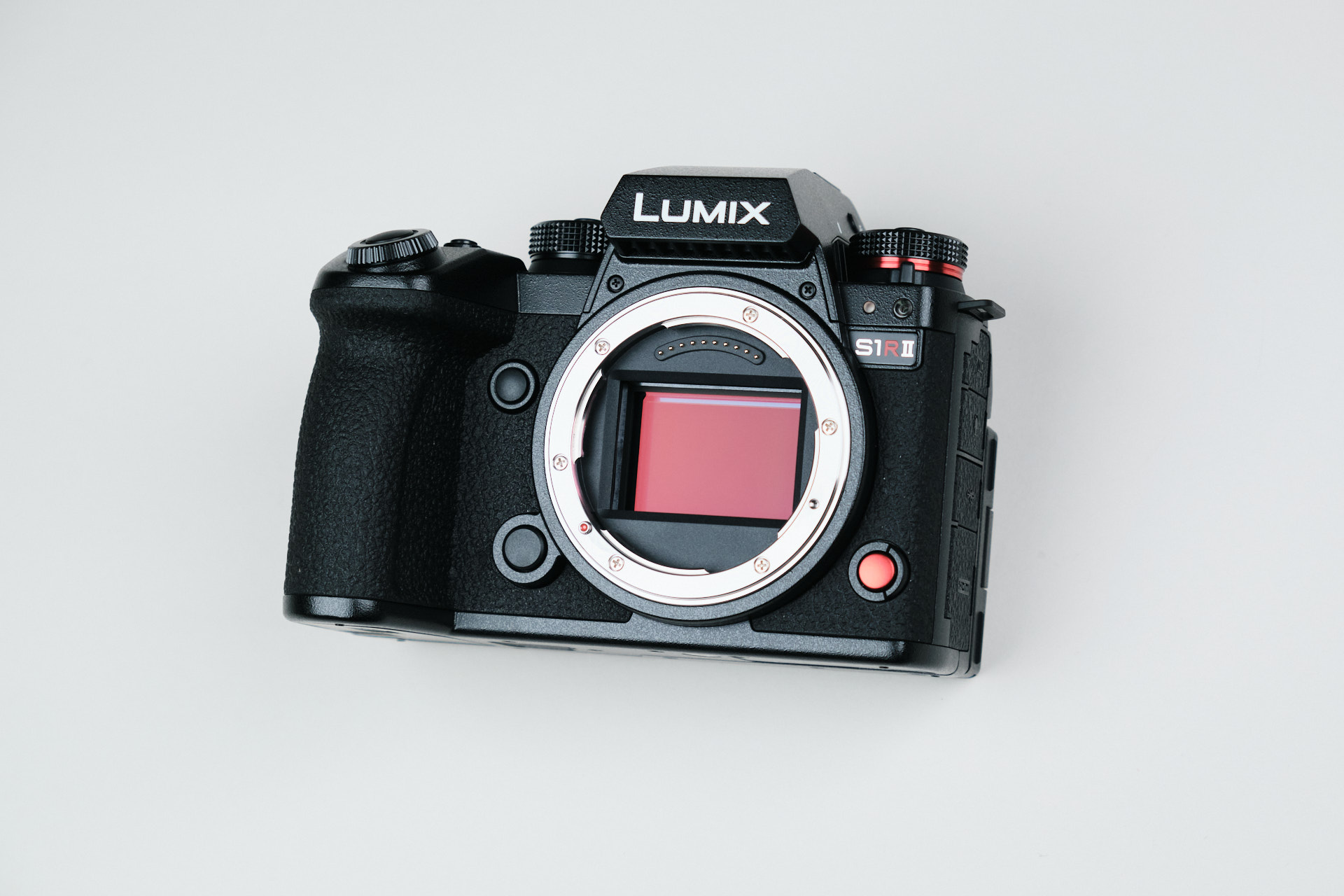

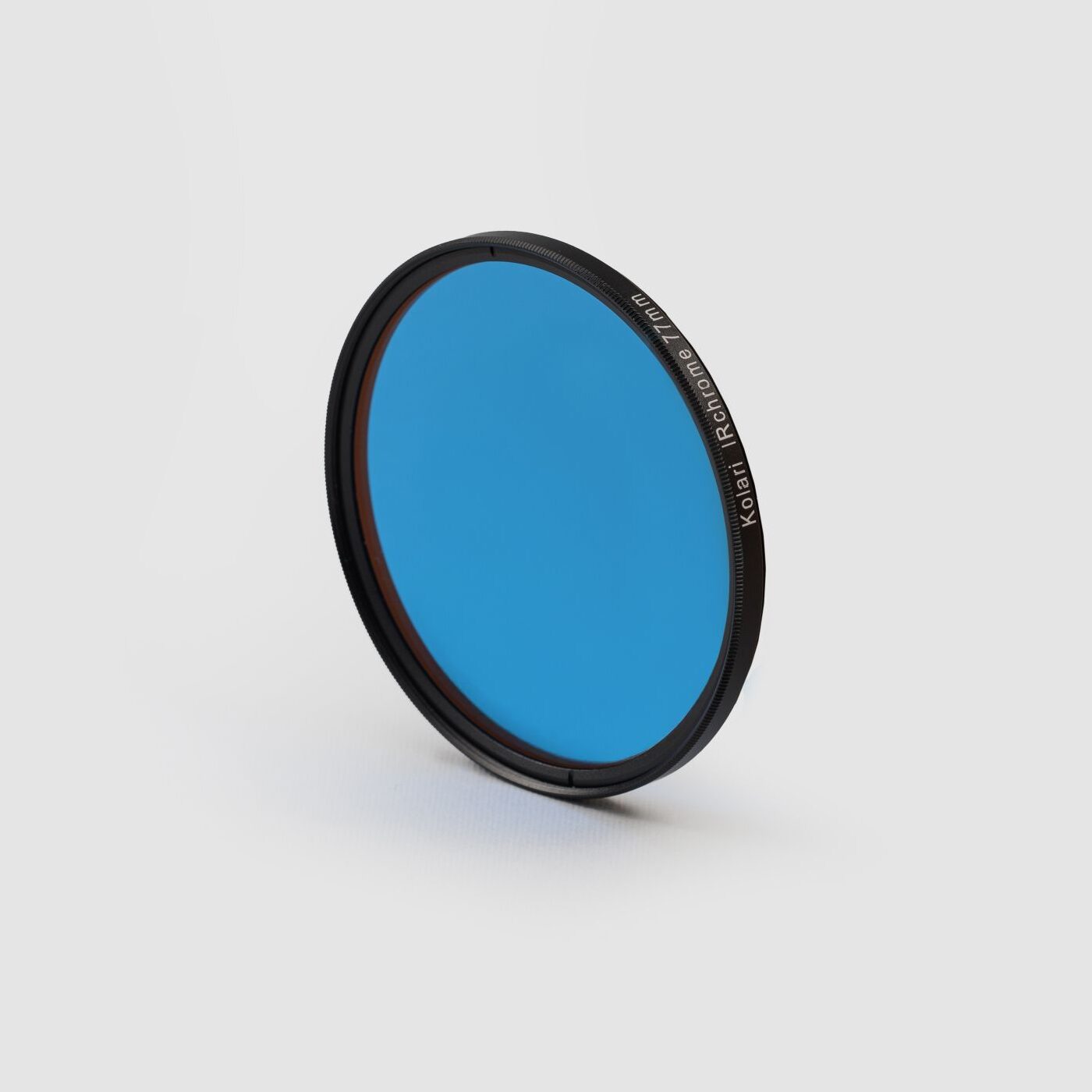




2 Responses
Looks like a fun new option. When can I get this as a clip-in filter for FujiFilm X. This would be perfect for my upcoming trip to BC.
Awesome comparison, love the colors from the Candy Chrome! Seems to be showing more variation in the foliage vs the 550nm longpass. Would it be possible for these RAWs to be made available so folks can test out editing for themselves? I’m curious how this filter could fit into the editing style I use, and I think it might be handy for myself and others before committing to making a purchase. Either way, thanks for the comparison here; it’s super exciting to see new filters hitting the market providing shooters with options for SOOC blue skies.